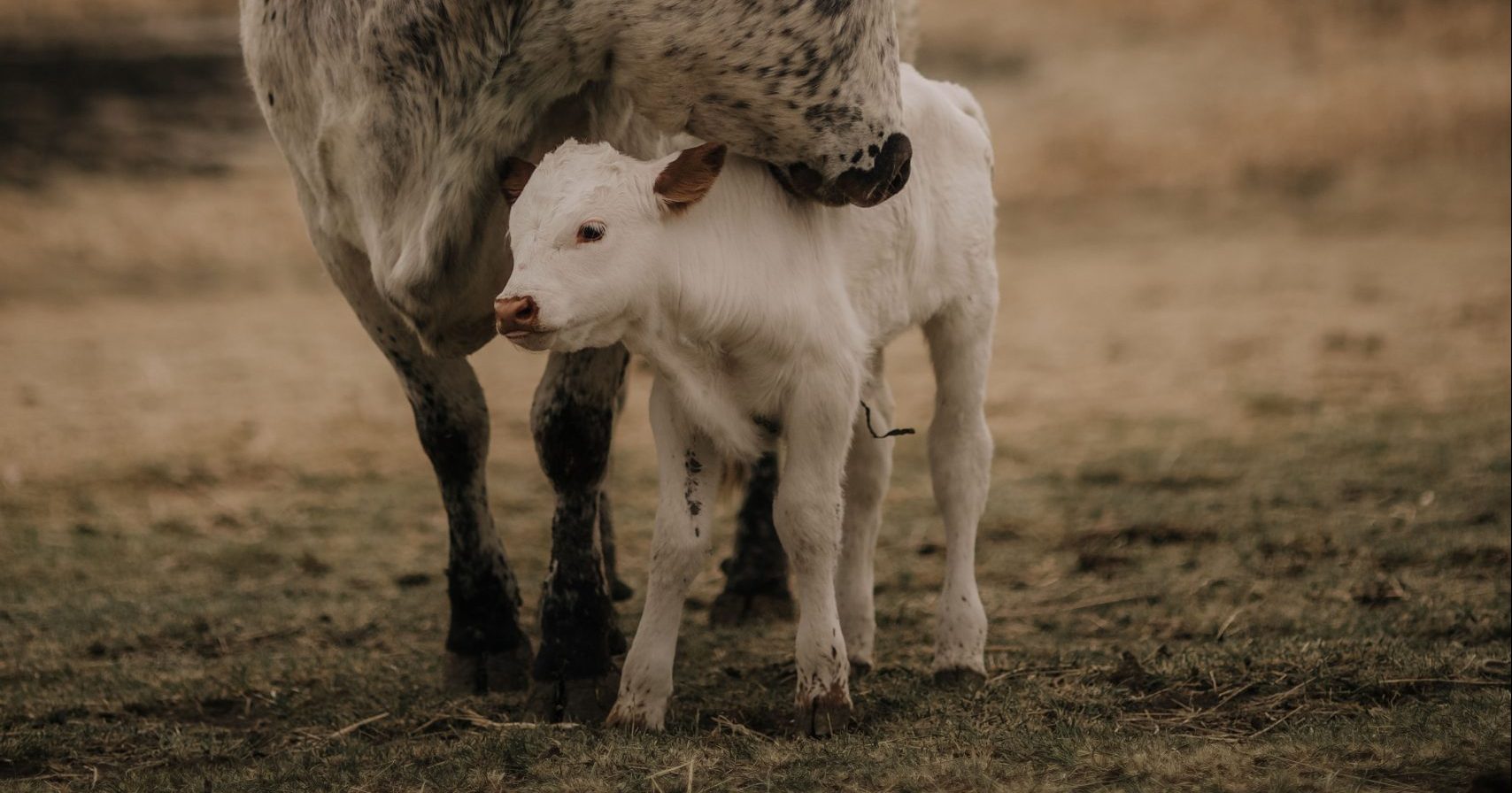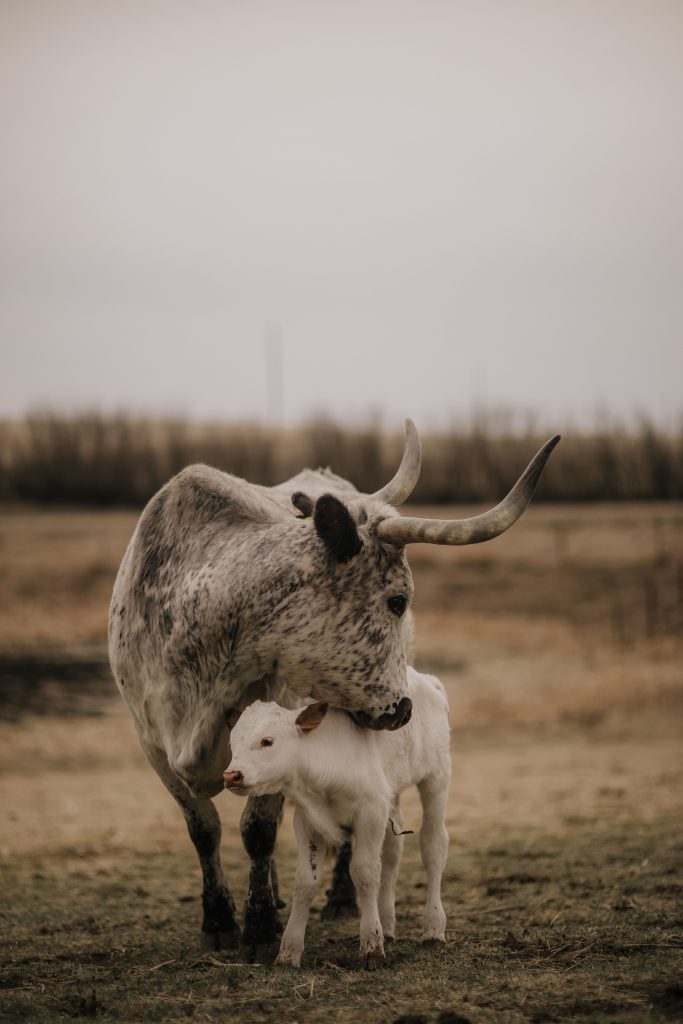AB Direct - Steers
Rail: 493.00-495.00 del
AB Direct - Heifers
Rail: 493.00-495.00 del
US Trade- Steers
Rail: ---
US Trade - Heifers
Rail: ---
Canadian Dollar
0.17

What you need to know about AgriRecovery Phase 2
With a new year upon us, it brings new perspectives for planning on the year ahead. For producers across the province, this means looking at programs and available support to position for a strong year ahead.
Jump to: AFSC’s podcast and AgriRecovery Minutes
AgriRecovery
On August 6, the provincial government announced a commitment to an AgriRecovery response. While Phase 1 has already closed, producers who were unable to participate are still eligible for the full amount. As of December 17, roughly 11,500 producers have received $172 million in payments, accounting for 1.83 million head of cattle in the province.
Phase 2 applications are now being accepted. Agriculture Financial Services Corporation (AFSC) is encouraging producers to apply using AFSC Connect. The online application can immediately identify errors and missing information, significantly decreasing the time to payment.
Every client that applies online for Phase 2 is entered to win a Milwaukee 18V impact wrench with grease gun combo or a Dewalt 20V grease gun kit. Under both phases, producers can qualify for up to a total of $200 per cow. The deadline to apply for Phase 2 is 11:59 p.m. January 31, 2022.
AgriRecovery Phase 2 has two different options producers can use to claim: a “Feed Need,” and a receipted program. The program was developed with all producers in mind, and attempts to provide equal support regardless of drought preparedness. For producers who bought feed because of drought, the receipted program is an easy way to capture some of those costs. Conversely, for producers who have managed drought through their own operation, stored grass, and stored feed, the “Feed Need” calculation can capture those costs.
Prepare to apply by:

- Reviewing the Q&A and Terms and Conditions on AFSC’s website.
- Determining the number of bred cows as of December 31, 2021.
- For “Feed Need” – Determining the number of extraordinary feed days. This is the difference between when you changed management practices due to drought, and when you’d typically start feeding. Changed management practices may include feeding stockpiled hay, weaning early, feeding creep to calves, using crop for alternative use, or changing your typical rotational grazing. This is by no means a comprehensive list.
Example: An operation started to push their pastures harder on August 21. The managers usually start feeding October 15. In this case, the operation experienced 55 extraordinary feed days. - For Receipted Program – Collect receipts or record expenses for extraordinary expenses due to drought. These may include feed, temporary water provisions (not covered by the CAP Water Program), temporary fencing, transportation costs related to hauling feed, water or animals, pregnancy tests, and other activities required to secure feed supplies or maintain the breeding herd.
Keep in mind that AgriRecovery is not complete coverage and should not be relied on. The province has a series of programs that are available to beef producers to help mitigate risk. Some of these programs are worth considering with fresh eyes for 2022. The removal of the Reference Margin Limit in AgriStability and changes to the Moisture Deficiency Insurance (MDI) program may benefit cow-calf producers.
For more information on AgriRecovery or any of the business risk management programs, go to AFSC.ca or contact your local AFSC office.
Other Programs
AgriStability
- A whole farm risk management program, covering eligible expenses that AgriRecovery typically does not. Deadline to enroll: April 30, 2022.
Livestock Price Insurance (LPI)
- Allows producers to purchase livestock price protection in the form of an insurance policy, covering against an unexpected drop in prices over a defined period. First days for purchase:
- January 11, 2022 (fed, Alberta feeder)
- Feb 1, 2022 (for the 2022 calf season)
Perennial Insurance Programs
- Includes hay insurance, export timothy hay insurance, moisture deficiency insurance (MDI) for pasture, and Satellite Yield Insurance for pasture.
- MDI now has a 1.0 mm minimum moisture threshold and attributes for days with heat over 30°C.
Anyone who had an insurance policy in 2021 will see it automatically renewed, and will receive a notice later in January with policy details. New applications, changes to an existing policy, or cancellations must be submitted to AFSC no later than February 28, 2022.
This article was written for ABP Magazine. Watch for Volume 2 Issue 1 to appear in your mailbox mid-January 2022.
Additional AgriRecovery Resources
AFSC’s webpage dedicated to AgriRecovery includes the following content, as well as a list of Frequently Asked Questions, Terms and Conditions, and more.
AFSC Podcast
Ed Ten Hove and Emmet Hanrahan, Vice President – Product Innovation at AFSC, talk through some of the common questions about phase two of the AgriRecovery initiative. More information is available here: afsc.ca/
AFSC’s AgriRecovery Minutes
For a complete listing of AFSC’s AgriRecovery Minutes, scroll to the bottom of AFSC’s AgriRecovery webpage.

